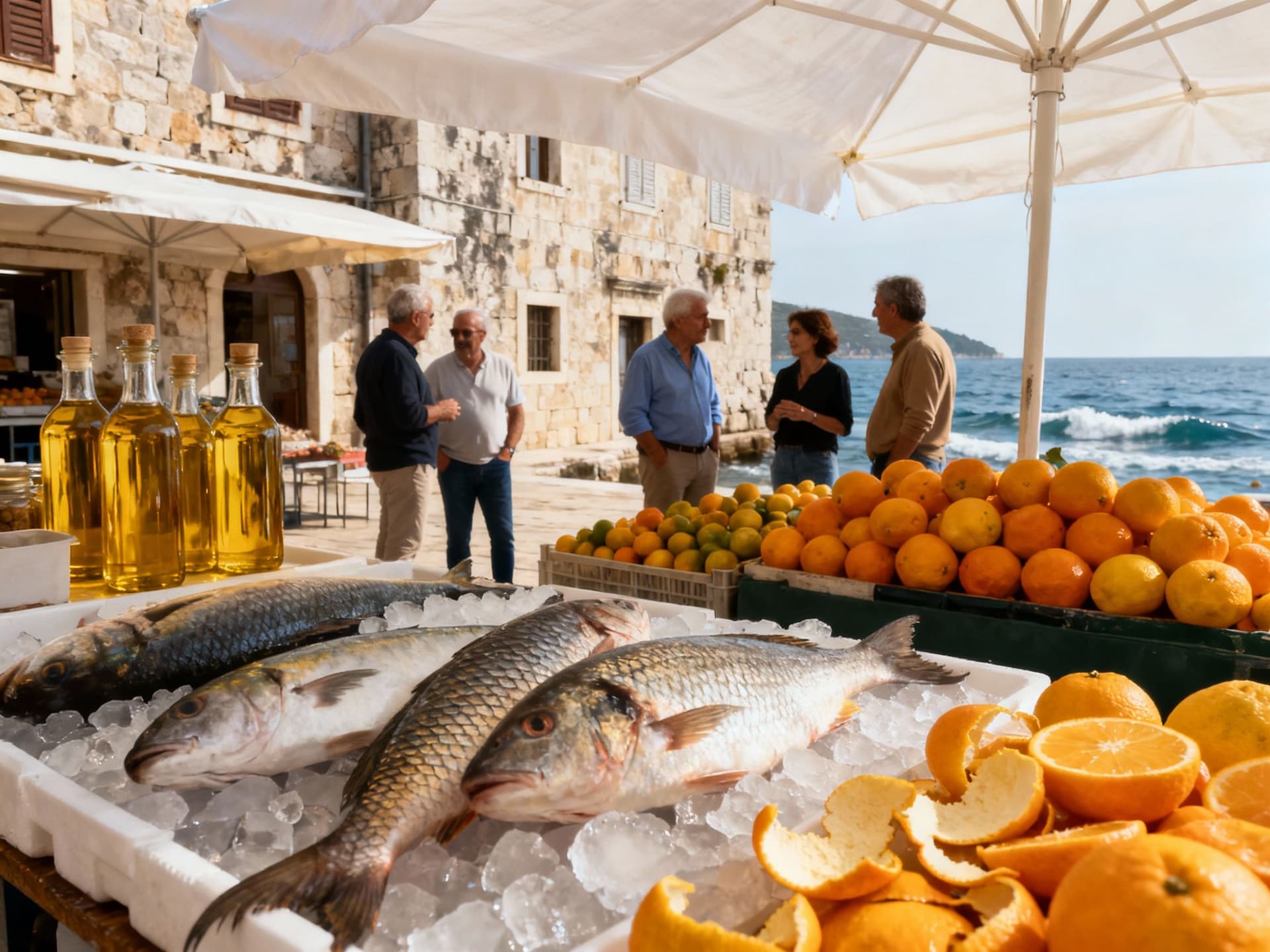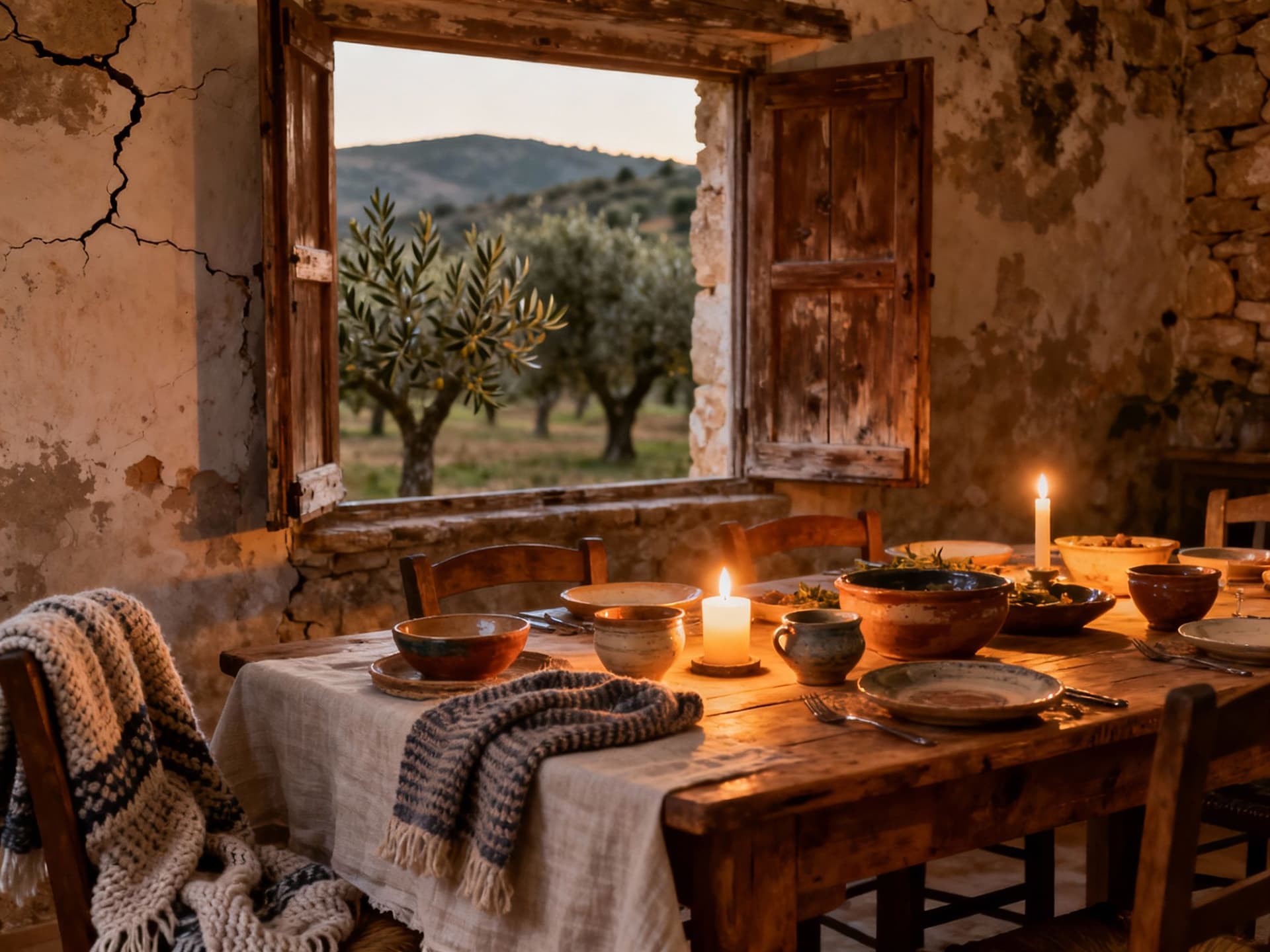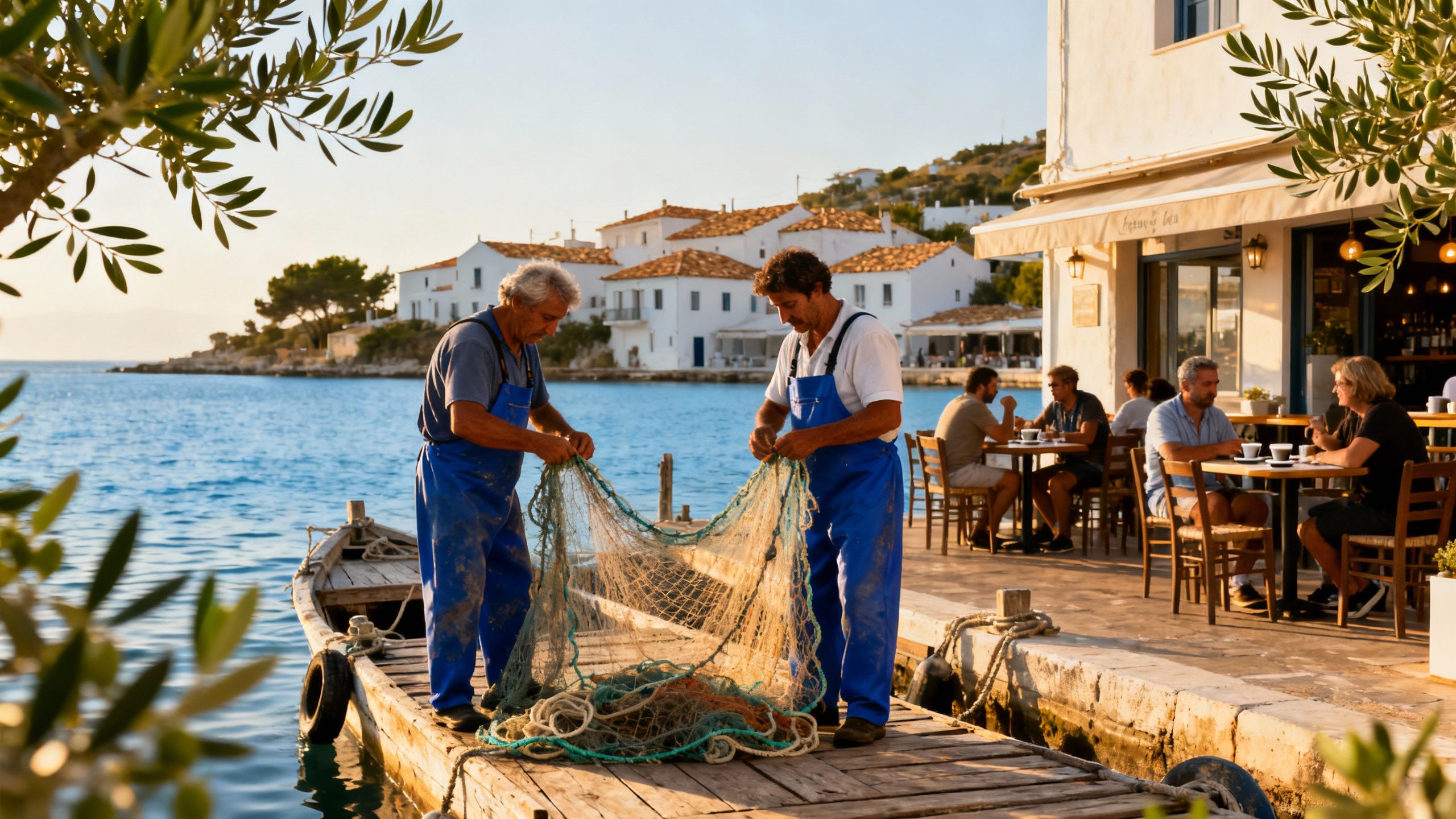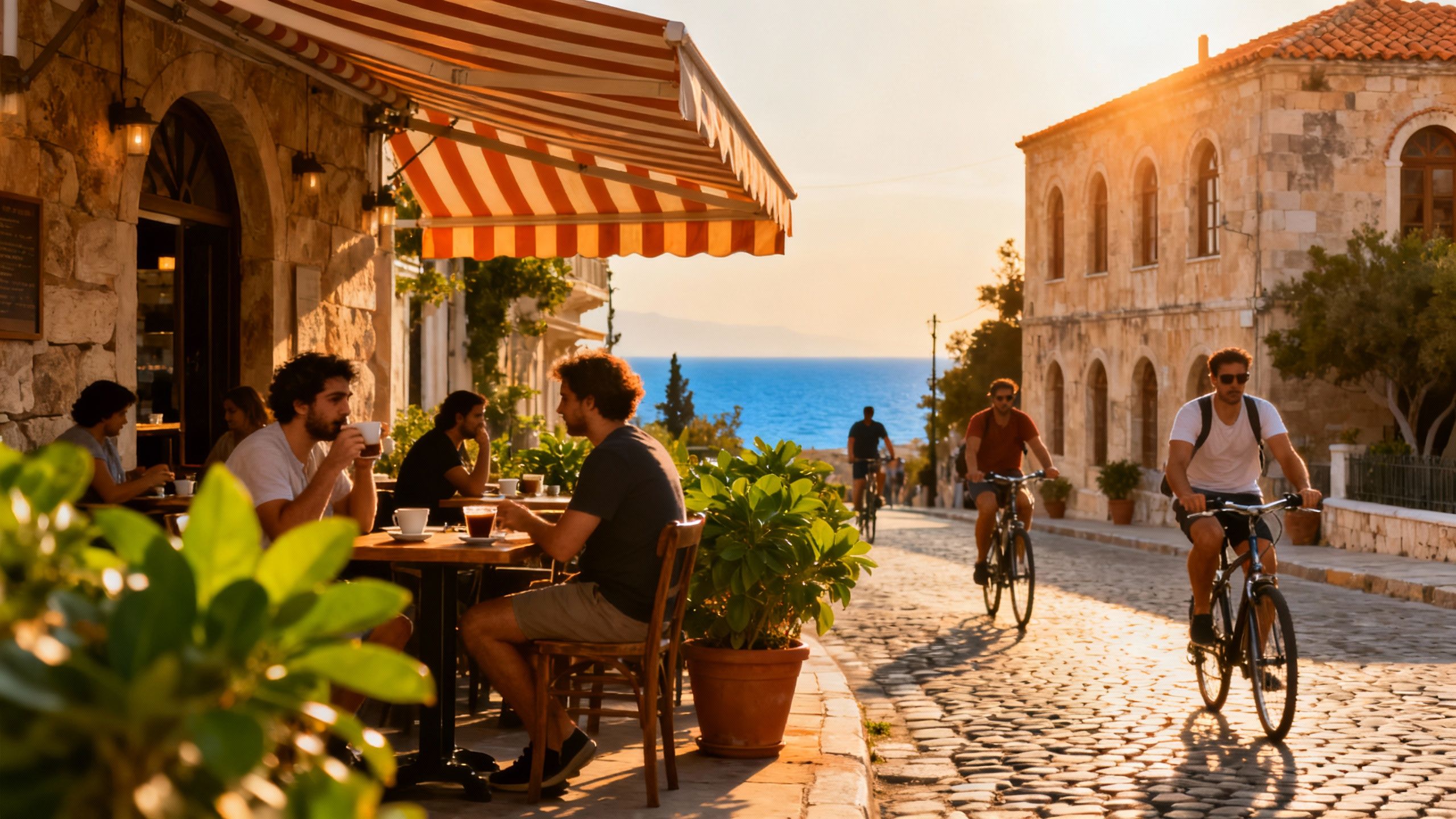Croatia: Permits, Taxes and Due Diligence Essentials
Practical, place‑first due diligence for buying in Croatia: permits, tax rules, reciprocity for non‑EU buyers and sustainability steps to protect lifestyle and value.
Imagine waking to sea-breezed mornings in a Dalmatian stone house or a quiet autumn of olive harvests in Istria—Croatia rewards slow, sensory living. Yet the path from daydream to deed requires careful local knowledge: permits, tax rules, reciprocity checks for non‑EU buyers, and municipal nuances that shape what you can build, renovate or rent. This guide blends the feel of life here with the exact due diligence steps and sources you’ll need to buy responsibly and sustainably.
Living the Croatian life

Croatia’s daily rhythm is coastal and seasonal: espresso at a marbled café in Split, market mornings in Zagreb, and late-evening promenades beneath lime trees in Rijeka. Architecture is tactile—pale stone, timber shutters and terracotta roofs—while gardens and terraces become living rooms for much of the year. For buyers who care about green living, there are plentiful opportunities to restore traditional homes using reclaimed stone, passive shading and solar arrays, which complement local building vernacular and reduce long‑term running costs.
Neighborhood character: Dalmatia, Istria and Zagreb
Dalmatian islands (Hvar, Vis, Brač) offer loose-knit fishing villages, coves and stone villas with strong sea views; expect summer tourism and quieter winters. Istria blends hilltop towns like Motovun with truffle‑rich hinterlands and a slower expatriate pace; properties here suit those seeking rural stewardship. Zagreb’s neighborhoods—from leafy Maksimir to artisanal streets of Tkalčićeva—provide urban cultural life, farmers’ markets and easy access to services, making it appealing for buyers prioritising year‑round community amenities.
Food, markets and seasonal rituals
Weekly open markets are a backbone of life: fresh Adriatic fish at Split’s Green Market, Istrian olive oils and Malvazija wine tastings, and Zagreb’s Hrelić flea market for small renovations and reclaimed finds. Seasonal festivals—from coastal klapa singing in summer to winter Christmas markets—shape property use and rental demand, so consider calendar peaks when evaluating income potential and neighbourhood livability.
- Lifestyle highlights
- Dalmatian coves and pebble beaches for daily swims and small‑scale sailing
- Istrian hill towns with farmers’ markets, olive groves and slow food culture
- Zagreb’s café culture, galleries and year‑round services for comfortable city living
Making the move: practical considerations

Turning affection for place into ownership requires a clear checklist. Key practicalities include whether you need Ministry approval (non‑EU buyers under reciprocity rules), whether VAT or the 3% real‑estate transfer tax applies, and local building permits for renovations—especially in protected coastal zones. Early consultation with a bilingual lawyer and a local agency experienced in sustainable restorations will save time and avoid surprises.
Property types and what they mean for daily life
Stone village houses invite hands‑on restoration and deep connection to craft and landscape; expect higher initial renovation needs but lower long‑term ecological footprint if you reuse materials and install modern insulation and solar. New builds and turnkey apartments often carry VAT and modern efficiencies, yet they may lack the character and biodiversity of traditional plots. Choose the type that fits how you want to live—nightly rental income, full‑time residency, or ecological stewardship.
Working with local experts who understand sustainability
Agencies and architects steeped in local materials and passive design can translate your eco‑vision into planning permission and workable budgets. Engage an architect early for feasibility on solar orientation, greywater systems, and local material sourcing. A local notary and lawyer will guide registration, tax filings and reciprocity paperwork if you’re a non‑EU citizen—steps that affect timelines and closing costs.
- Practical steps to secure a property in Croatia
- Check nationality reciprocity or EU status to determine if Ministry approval is needed.
- Commission a land registry and encumbrance search; confirm exact plot boundaries and building rights.
- Clarify tax regime: will VAT (25%) apply or the 3% transfer tax; budget legal and notary fees.
- Request existing building permits and conservation restrictions from the municipality before bidding.
- Plan utilities and connection costs for off‑grid or near‑off‑grid systems; estimate timelines for upgrades.
Insider knowledge: what expats wish they’d known
Many newcomers fall in love with a place and underestimate seasonal infrastructure, municipal rules on tourism, or the slow pace of administration. Recent policy shifts aim to discourage short‑term tourist saturation and encourage longer lets, which influences rental planning and local acceptance. Understanding local zoning, communal agreements in coastal settlements, and seasonal road access can be as important as mortgage rates when imagining everyday life.
Cultural integration and community rhythms
Croatians value hospitality, food rhythms and community gatherings; learning basic Croatian phrases and joining local events—market mornings, church fêtes, olive harvests—opens doors. Practicalities such as municipal waste rules, quiet hours and communal building funds vary by town; neighbours and local councils are essential partners in stewardship. Invest time in relationship building and you’ll find contractors, craftsmen and gardeners who care about conservation as much as you do.
Long‑term lifestyle and regulatory foresight
Think beyond purchase: climate resilience on the coast, wildfire plans inland, and evolving municipal rules on short‑term lets will affect value and livability. Budget for ecological maintenance—olive tree care, native planting to reduce irrigation, and periodic stonework repairs—and prioritize passive upgrades like insulation and shading to reduce energy needs. Treat the property as an ecosystem and your stewardship choices will protect both enjoyment and asset value.
- Red flags to heed during due diligence
- Missing or unclear municipal permits for extensions or terraces
- Properties inside protected coastal or heritage zones lacking conservation approvals
- Unresolved land registry encumbrances, rights of way, or utility easements
- Ambiguous VAT vs transfer tax treatment on seller’s side—clarify with seller and lawyer
Before you sign: request written confirmations of permitted uses, ask for recent energy certificates, and insist on a clause that conditions the sale on successful registration. These simple steps convert romance into a reliable transaction.
Conclusion: let the place shape your process
Croatia offers restorative landscapes, culinary abundance and a pace that invites stewardship. Balance that feeling with precise due diligence—reciprocity and Ministry approvals where required, correct tax treatment, verified permits and local expertise for sustainable restorations. When you pair place-first intentions with careful legal and ecological planning, the house becomes a long‑term home that honours both community and land.
British expat who traded Manchester for Mallorca in 2017. Specializes in guiding UK buyers to luxury Spanish estates with clear navigation of visas and tax.


